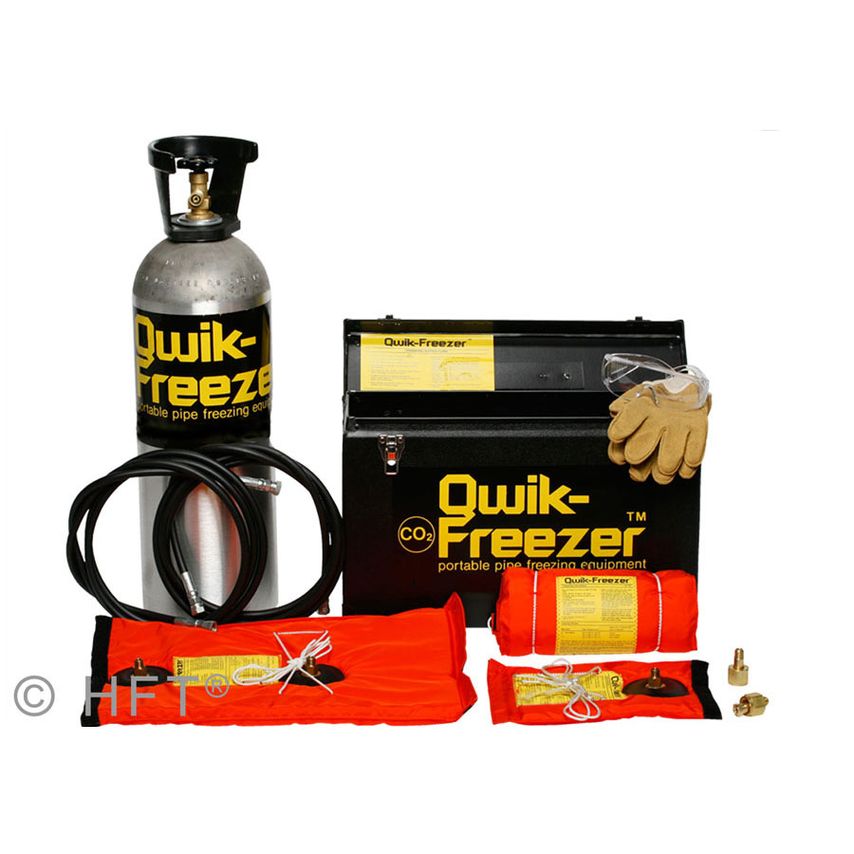Huntingdon Fusion Techniques Purgenet Dew Point Purging Gas Moisture Sensor DPS1000
The HFT PurgeNet Dew Point Purging Gas Moisture Sensor revolutionises the measurement of the dew point for critical welds, making it incredibly easy.
With its seamless integration capability into any of Huntingdon Fusion's high spec PurgEye Weld Purge Monitors, the HFT PurgeNet Dew Point Purging Gas Moisture Sensor eliminates the need for Companies involved in critical joint welding to invest in a separate and costly Dew Point Meter, offering accurate readings down to 1 ppm (with a precision of 10 ppm) .
Dew Point Purging Gas Moisture Sensor is suitable for the following types of gases:
Argon (Ar)
Oxygen (O2)
Nitrogen (N2)
Hydrogen (H2)
Carbon Dioxide (CO2)
Features
Integration Compatibility: It is designed to seamlessly integrate with high spec PurgEye Weld Purge Monitors, providing a comprehensive solution for measuring both dew point and weld purge parameters.
Dew Point Measurement: The sensor is specifically designed for accurate measurement of the dew point, enabling precise assessment of moisture levels in the purging gas during critical welds.
Wide Reading Range: It can measure dew points down to 1 ppm, ensuring high sensitivity and enabling precise control of moisture levels. The accuracy of the measurements is rated at 10 ppm.
Cost Savings: By eliminating the need to purchase a separate and expensive dew point meter, the HFT PurgeNet Dew Point Purging Gas Moisture Sensor helps companies reduce costs and streamline their welding processes.
User-Friendly: The sensor is designed to be user-friendly and easy to operate, simplifying the measurement process for welders and technicians.
Reliability: It is built to deliver reliable and consistent results, ensuring that critical welds are performed under optimal conditions with controlled moisture levels.
Durability: The sensor is constructed with durable materials to withstand the harsh environments typically encountered during welding operations, ensuring its longevity and performance.
Compatibility
PurgEye 200
PurgEye 500 Desk
PurgEye 600
PurgEye 1000 Remote
PurgEye 1500 Site
FAQs
1. What is Dew?
Dew is expressed as drops of liquid water that condense from the atmosphere and onto any solid surface like metal.
2. What is the Dew Point?
The dew point is the temperature in C or F at which air is saturated with water vapour (also referred to as humidity) Below the dew point, water will begin to condense on solid surfaces in the welding environment.
3. How does water moisture affect the quality of the weld joint?
Under arc conditions, water is broken down into hydrogen and oxygen in atomic form which, when present in weld metal, cause porosity and are known to create cracking in the weld joint.
4. Why should I use a Dew Point Purging Gas Moisture Sensor?
Using the PurgeNet Dew Point Purging Gas Moisture Sensor while welding is the easiest method for indicating when water will condense on solid surfaces in the welding zone. Water can form as moisture on metal surfaces while welding and it is important to be able to measure Dew Point while welding lengthy critical joints as conditions can change during the welding process.
5. How does the Dew Point Purging Gas Moisture Sensor give readings?
The PurgEye Dew Point Sensor accessory has been designed to integrate with most of the Argweld Weld Purge Monitors via the PurgeNet lead that is supplied with them, thereby giving values and water present on the same screen. In this way, the user is not forced into the purchase of an expensive, separate Dew Point Monitor that will give its reading elsewhere.
6. Which Weld Purge Monitors are compatible with the Dew Point Purging Gas Moisture Sensor?
The PurgeNet Dew Point Purging Gas Moisture Sensor is compatible with the PurgEye 200, 500 Desk, 600, 1000 Remote and 1500 Site.



































